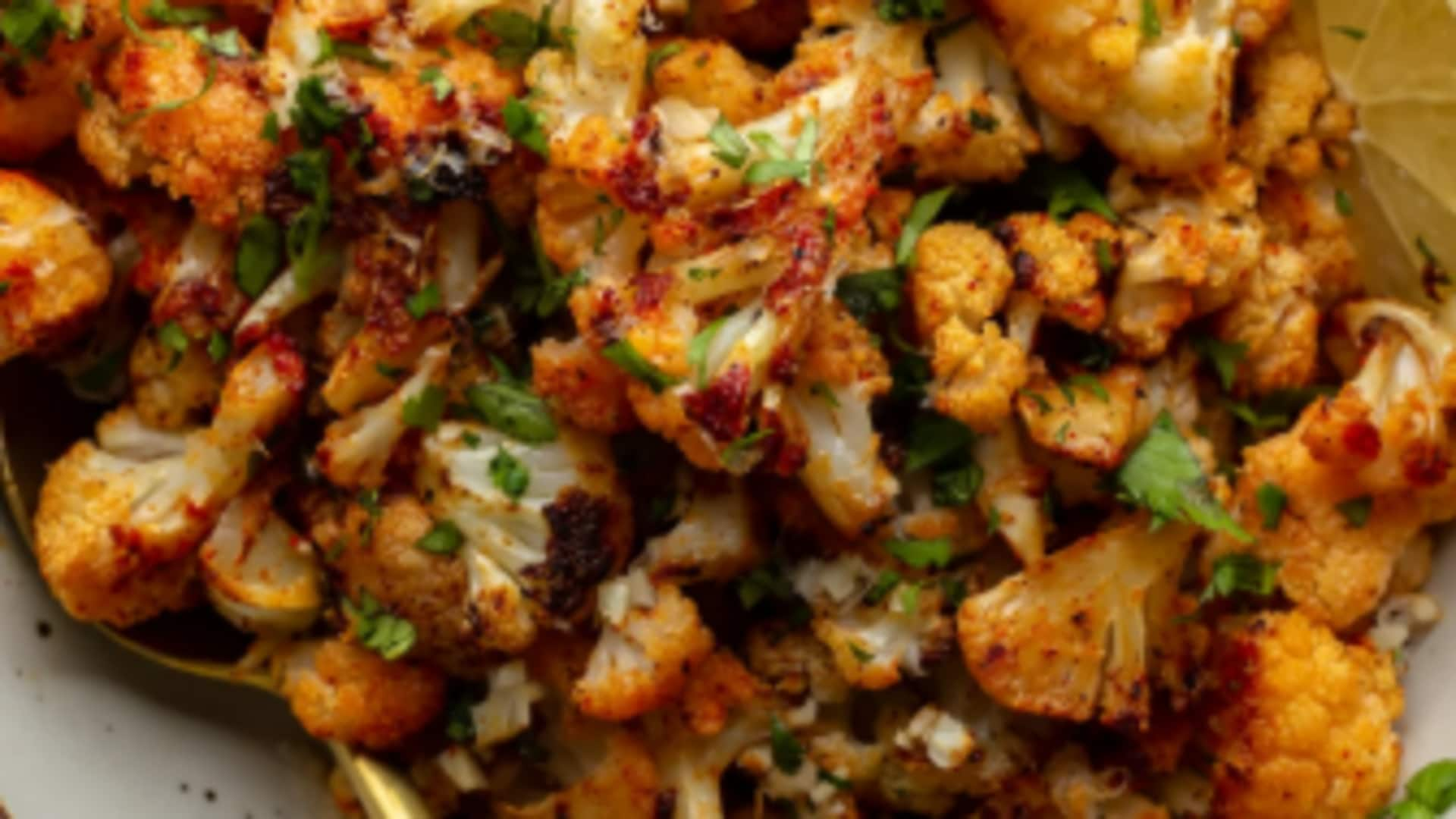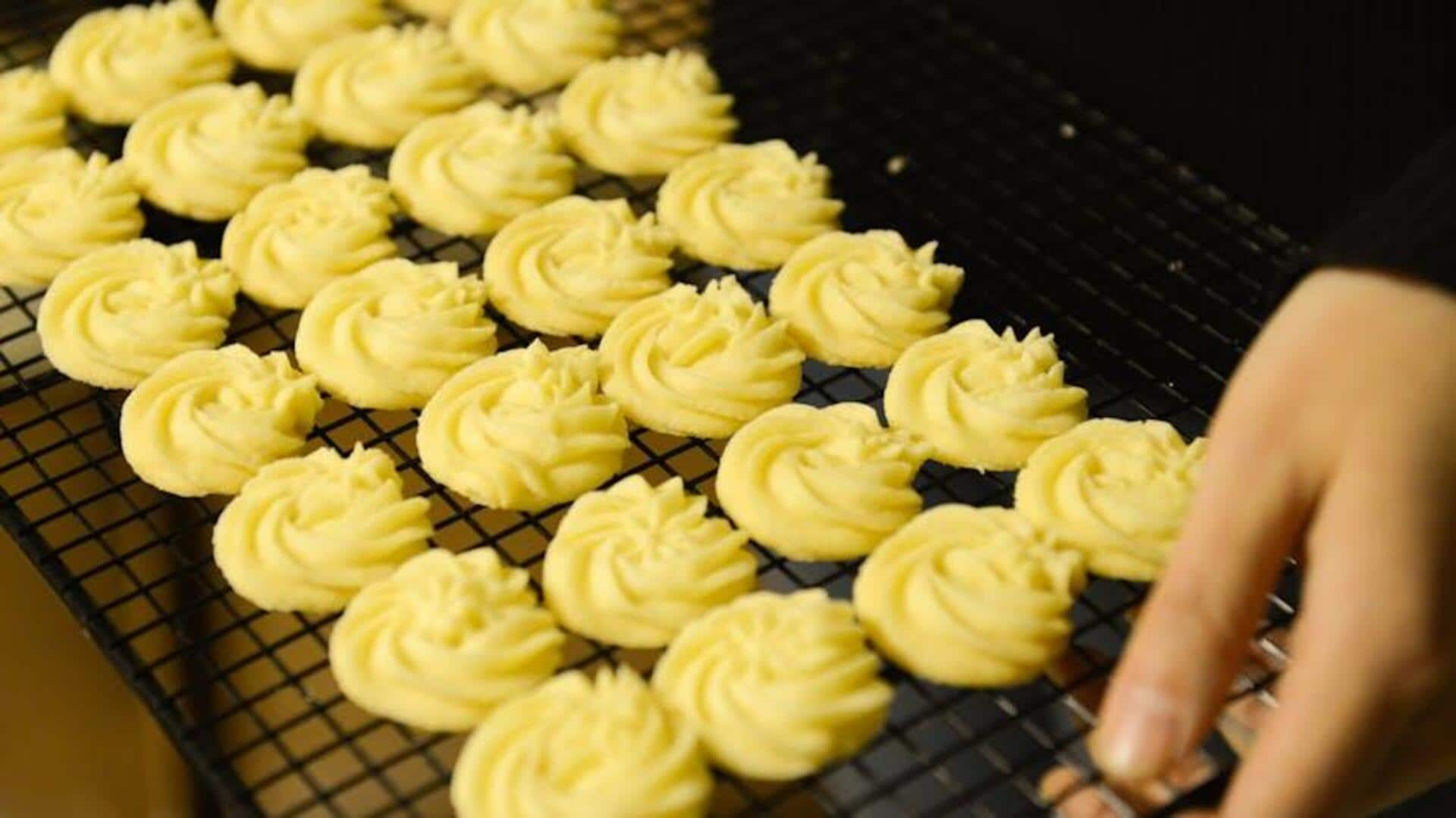The Enduring Appeal
Cast iron cookware has a long history in kitchens worldwide, valued for its ability to withstand high temperatures and its longevity. Unlike modern non-stick
pans, cast iron, if properly maintained, can last for generations. This traditional cookware is revered for its even heat distribution, ensuring food cooks uniformly, which is difficult to achieve with thinner pan materials. Its durability makes it a smart investment for any home cook looking for cookware that will stand the test of time. Moreover, its versatility allows it to be used on various heat sources, including stovetops, ovens, and even campfires. It has a rustic charm, adding to the cooking experience. It naturally becomes non-stick with seasoning, eliminating the need for synthetic coatings.
Iron Kadhai vs. Non-Stick
Compared to modern non-stick pans, cast iron kadhais offer distinct advantages. Non-stick pans typically rely on synthetic coatings, which can degrade over time and potentially leach harmful chemicals into food if scratched or overheated. Cast iron, on the other hand, becomes naturally non-stick through seasoning, a process that creates a polymerized layer that improves with use. While non-stick pans are convenient for easy cleanup, they lack the durability and heat retention of cast iron. A cast iron kadhai can achieve high temperatures, allowing for searing and browning that non-stick pans cannot match. Additionally, cast iron provides a subtle iron supplement to food, which can be beneficial for those with iron deficiencies, making it a healthier option.
Benefits of Choice
Choosing cast iron offers several benefits beyond its cooking capabilities. The first is its exceptional heat retention. Once heated, cast iron holds its temperature consistently, making it ideal for achieving a perfect sear on meats or maintaining a steady simmer for stews. The durable build of cast iron means it can handle high cooking temperatures without warping or breaking. Moreover, cast iron is naturally non-stick when seasoned correctly, eliminating the need for potentially harmful non-stick coatings. The natural seasoning process develops with use, enhancing the pan's non-stick properties over time. Cast iron is a versatile cookware option, from stovetop to oven. Finally, cast iron cookware often becomes a family heirloom, passed down through generations. This longevity reduces waste.
Seasoning Your Kadhai
The key to a great cast iron kadhai is proper seasoning, which involves building up a non-stick layer on the cooking surface. Begin by washing the kadhai thoroughly with hot, soapy water to remove any factory coatings. Then, dry it completely. Next, apply a thin layer of high-smoke-point oil, such as vegetable oil or flaxseed oil, to the entire surface, inside and out. Place the kadhai upside down in a preheated oven at around 450-500°F (232-260°C) for about an hour. This baking process polymerizes the oil, creating a durable, non-stick surface. Repeat this process several times to build up a strong seasoning. After each use, clean the kadhai gently, avoid harsh soaps, and re-season it as needed to maintain its non-stick properties.
Easy Iron Kadhai Hacks
Several clever hacks can simplify using and maintaining a cast iron kadhai. To prevent food from sticking, preheat the kadhai properly before adding oil and food. The oil should shimmer and coat the surface evenly. Use a metal spatula to scrape up any bits of food, which will help to maintain the seasoning. If food does stick, gently scrub the area with a chainmail scrubber or a non-abrasive pad. For deep cleaning, you can boil water in the kadhai to loosen stubborn food particles, but always re-season after. Remember that avoiding acidic foods, like tomatoes, for extended periods can help preserve the seasoning. By adopting these techniques, you can significantly enhance the usability and extend the lifespan of your cast iron kadhai.











